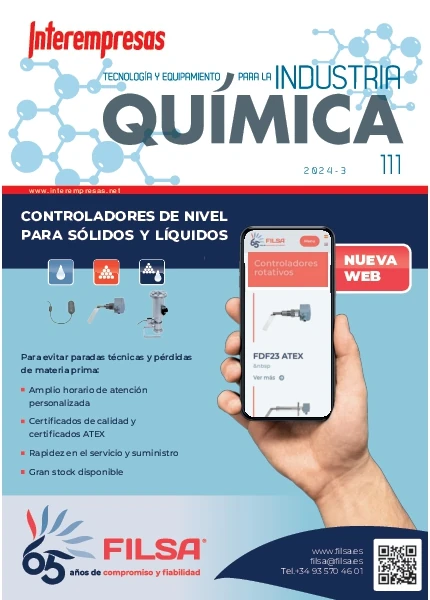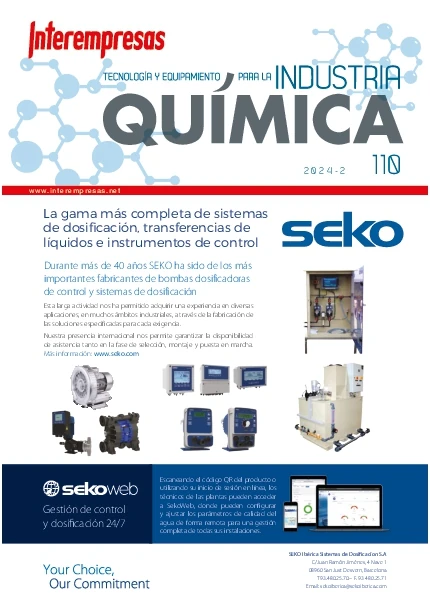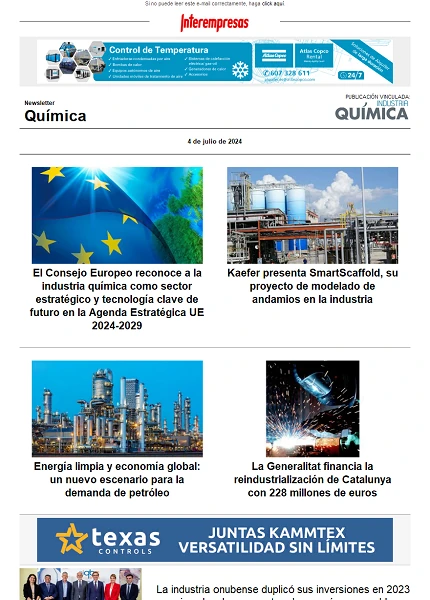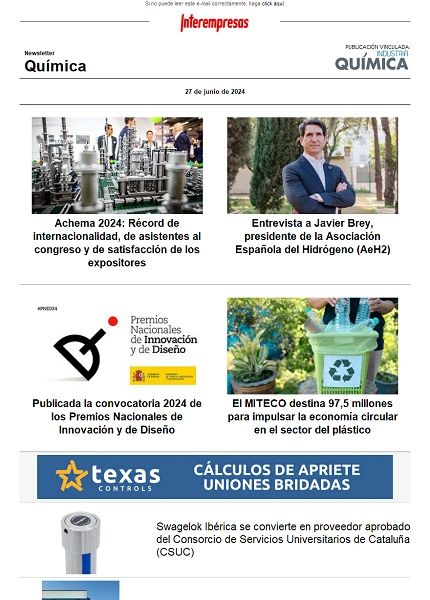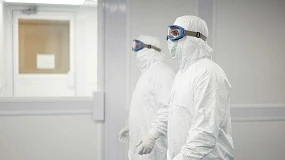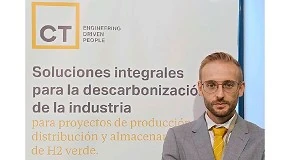Interview to Juan Manuel García Ruiz, professor of Investigation of the Andalusian Institute of Sciences of the Earth (CSIC-University of Granada)
19 September 2011
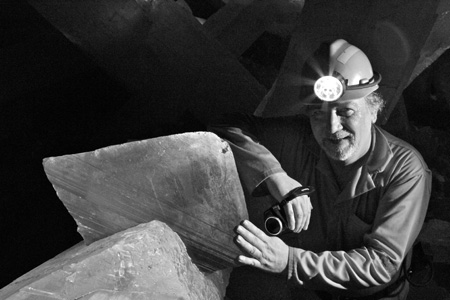
Why is the discovery of the cave of the Naica crystals as valuable from the geological point of view?
By the uniqueness of the geological conditions of this region and because it is a natural laboratory of crystal growth under conditions impossible to achieve in a research laboratory. Is spectacular and extraordinary mineral beauty.
And unique?
Yes, there is no greater than the Naica such crystals, but there are some places with similar, but with smaller crystals formations.
Where?
In Chile and Spain, specifically in Pulpí, in the province of Almeria, where is Europe's largest Geode.
What material are its crystalline formations composed?
Plaster, i.e. from calcium sulfate dihidratado I sulfate calcium with two molecules of water.
When are they formed? They are still growing?
Think that any of the glasses began to form does almost one million years and that those that are submerged in the groundwaters of Naica still keep growing.
The cave has some extreme conditions with temperatures exceeding 50 ° C and a humidity of 100%. How are they able to work under these conditions?
My collaborator, Dr. Alexander van Driesche, and I went to the cave, located 300 meters deep, to study crystals in situ. We made five visits to the day of short duration, less ten minutes each, that each one of them, we lost two liters of water.
Two litres!
Why yes, measurements were made in the laboratory under strictly controlled conditions. We take samples of the water that comes out GLUGs of the walls of the rocks in the depths of the mine and did grow within these crystals of Naica gypsum at different temperatures. We design an advanced microscope to measure those speeds which, as expected, were very low.
And what is this microscope? What technology incorporated?
Is a microscope interferométrico tuned with my colleagues of the University of Tohoku in Sendai (Japan). It treats to divide a do of light in two do identical and pass off as them two identical cells that contain water, but one of them with a glass of plaster growing. And afterwards they go back to join do them to do them interfere. If the glass grows, the do that it happens through him will suffer a delay and the bands of interference will move .
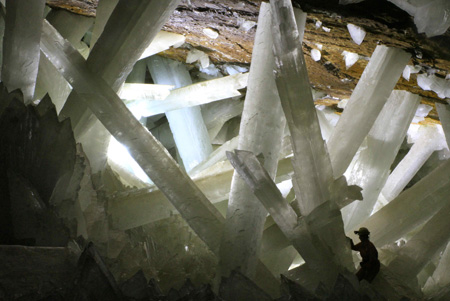
To do this, the microscope will be a very good resolución…
Yes, it could serve to measure very slow processes such as the growth of calcite crystals during the kidnapping of CO2 in deep rocks and the dissolution of minerals of the rocks in which the aim is to store radioactive waste. But this microscope does not have sufficient resolution to see atoms.
How much time have they invested in the study at the cave of the Naica?
We have been almost ten years studying Naica, so we have teamed up with funding from the Ministry of innovation and science and with the support of Industrias Peñoles during all periods of work in the mine.
What impact do you think that he will have his work in the scientific field?
Is a work in the limit of the available technology that creates a singular method to study in the laboratory processes of crystallisation/crystallization that take place to scale geological. This opens doors to know, for example, how of slow is really the dissolution of rocks in possible natural radioactive warehouses, or the growth of glasses of carbonate of calcium during the kidnapping of CO2 by subterranean injection. Also it will influence in the definite cataloging of the giant glasses of Naica as of an extraordinary singularity, like a true natural monument.
The Cave of Naica, situated in the Mexican state of Chihuahua, discovered in the year 2000 during some works of perforación in the mine that carried out Industries Peñoles, company dealer of the exploitation. The cave, situated to 300 metres under earth, measures 35 metres of long by 20 of width and presents a half height of some 8 metres. In his interior rest from does thousands of years some glasses of plaster of until 10 metres of long and 2 of thickness, some of them of 55 tonnes of weight. This miracle of the nature initiated, as it explains the professor García Ruiz, when the temperature of the water in the interior of the mountain that shuts the mines went down of 58 degrees. “Since it has gone cooling until reaching the current temperature, but does it very slowly thanks to a hot point situated to some 4 kilometres of depth”.
The study, carried out by the Upper Council of Scientific Investigations (CSIC), through the team of García Ruiz, has attained to measure the speed of growth of the giant glasses of Naica: the thickness of a hair each 100 years, “the slowest never measured”, as it sustains the centre.


